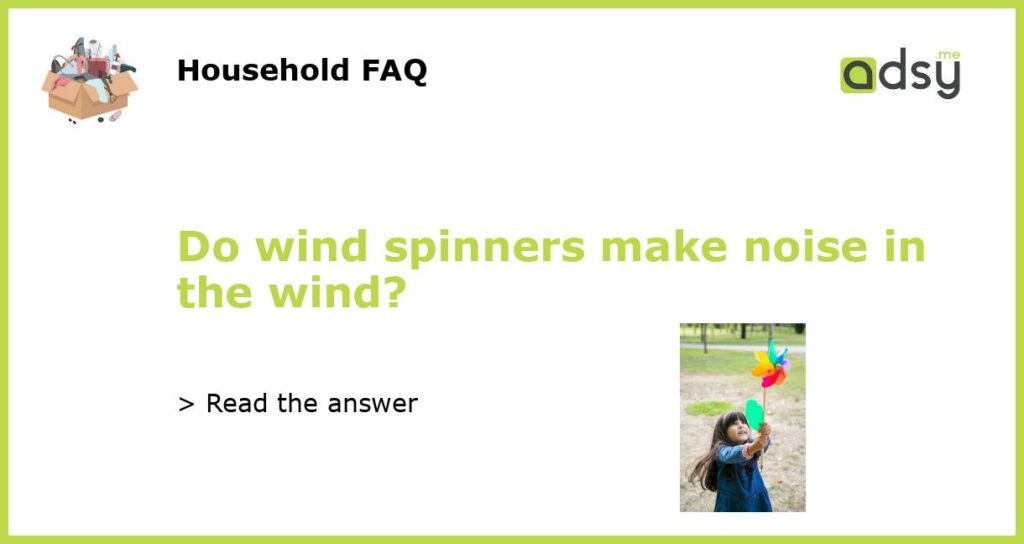Yes, wind spinners can make noise in the wind
Wind spinners are a popular decoration for gardens and outdoor spaces, but many people wonder if they make noise when the wind blows. The answer is yes, wind spinners can create noise when they are in motion. The amount of noise depends on several factors, including the design of the wind spinner and the strength of the wind. In this article, we will explore why wind spinners make noise, how the design can affect the noise level, and what you can do to minimize the noise if it becomes too loud.
Causes of noise in wind spinners
When the wind blows, it causes the wind spinner to spin. This spinning motion can create noise through two main mechanisms. The first is the interaction between the wind and the surfaces of the wind spinner. As the wind flows over the surfaces, it can create vibrations that produce sound. This is similar to the way a musical instrument produces sound when it is played. The second mechanism is the movement of the wind spinner’s parts, such as the hanging ornaments or the rotating blades. These parts can clank against each other or other surfaces, creating noise.
Design factors that affect noise level
The design of a wind spinner can greatly influence the noise it produces. One important factor is the material used. Wind spinners made from metal, such as stainless steel or aluminum, tend to be louder than those made from materials like wood or plastic. This is because metal is a good conductor of sound, allowing vibrations to travel more easily. Additionally, the shape and size of the wind spinner can affect the noise level. Wind spinners with larger or more complex designs may produce more noise due to the increased surface area and the potential for parts to move against each other.
How to minimize wind spinner noise
If the noise from your wind spinner is too loud for your liking, there are a few steps you can take to minimize it. One option is to choose a wind spinner with a design that has fewer moving parts or is made from less noisy materials. For example, a wind spinner made from wood or plastic may produce less noise than one made from metal. You can also try adjusting the positioning of the wind spinner to reduce the amount of wind it catches. Placing it in a more sheltered area or using a windbreak can help to dampen the noise. If all else fails, you can consider adding sound-absorbing materials, such as foam or fabric, to the wind spinner to dampen the vibrations and reduce the noise level.
Wind spinners can indeed make noise in the wind. The noise is caused by the interaction between the wind and the surfaces of the spinner, as well as the movement of its parts. The design of the wind spinner, including the material used and the size and shape of the spinner, can influence the noise level. If the noise becomes too loud, there are steps you can take to minimize it, such as choosing a quieter design, adjusting the positioning, or adding sound-absorbing materials. Ultimately, the choice of wind spinner and the noise it produces is a matter of personal preference.






